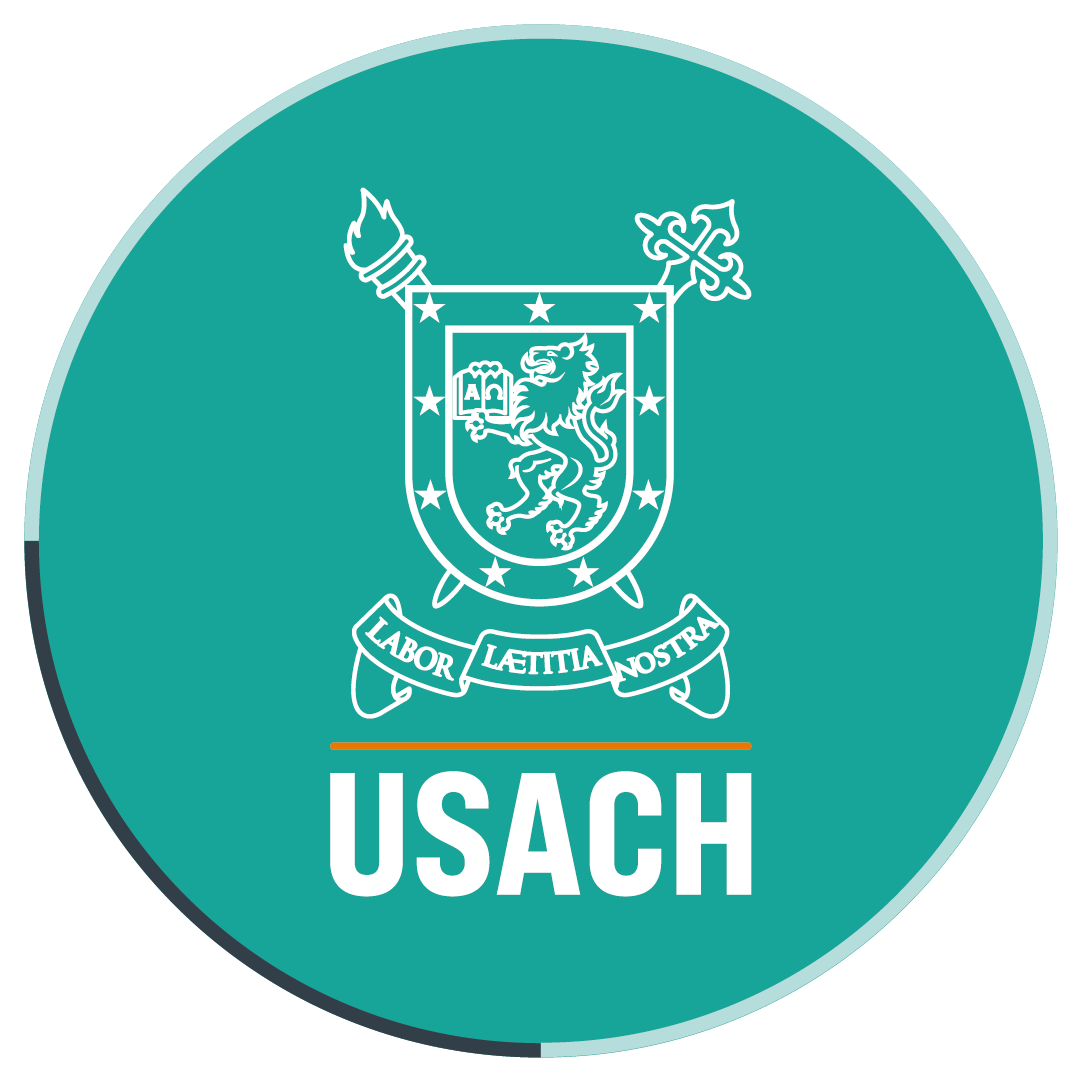Universidad de Santiago has the potential to be leader in most areas of research
- “Universidad de Santiago has all the potential to be number one in most areas (of research in the country),” Dr Pablo Zamora, Scientific Director of University of California Davis in Chile, says. The institution opened its centre in Santiago last April, thanks to the CORFO’s Program Attraction of International Centres of Excellence. He adds that his institution is interested in the possibilities of research and development in biology, chemistry and agricultural management, among others.
Dr Pablo Zamora, graduate of the Faculty of Chemistry and Biology of Universidad de Santiago and current Scientific Director of University of California Davis in Chile, proposes a research model based on demand. Last April, this institution established a research centre in Chile thanks to the CORFO’s Program Attraction of International Centres of Excellence.
On April 21st, President Michelle Bachelet opened the UC Davis-Chile Life Sciences Innovation Centre in Santiago, Chile, a worldwide example in the development of research and solutions in agriculture, forestry and life sciences.
The founding academic partners are Universidad de Tarapacá, Universidad de Talca and Universidad Andrés Bello, while the corporate partners are Viña Concha y Toro and Viña San Pedro-Tarapacá. Currently, Universidad de Santiago de Chile is in the process of ratifying its incorporation to UC Davis Chile.
Dr Pablo Zamora, graduate of the Faculty of Chemistry and Biology of Universidad de Santiago and PhD in Biotechnology, leads the scientific area of this initiative and is in charge of facing this new challenge of doing science form a perspective that strengthens the links between the corporate and the academic worlds.
Interest
“We are interested in Universidad de Santiago for its research and development capabilities in biology, chemistry, agriculture and agriculture management in the Technological Faculty. Another big advantage is the capability that the University has in engineering issues,” Dr Zamora says.
Universidad de Santiago will be represented by Dr Alejandra Moenne, professor at the Department of Biology of the Faculty. She will be the technical counterpart in the Scientific Board of US Davis Chile. She will be in charge of leading research proposals and representing the University in the projects managed in partnership by both institutions.
“We see Universidad de Santiago in different roles. For example, in the area of applied research, with its laboratories and also in development issues,” he says.
“The UC Davis Chile research model is different, but not original. It is based on the demand. In Chile, this has not been well developed because companies have little capacity to generate research. There is also a sort of dissociation between the companies’ challenges and the research conducted by universities,” he explains.
UC Davis Chile focuses its work on four large areas: wine making, post harvest and climate change technologies and genetic improvement.
“In order to make sure that research projects will really have an impact on industry, we will meet with companies, learn about their problems and analyze the knowledge and services offered by UC Davis and its national academic partners to formulate projects to solve those problems. This seems quite obvious, but it usually does not occur,” he says, regarding the way in which UC Davis Chile works.
“Not all companies consider scientific research as a tool that can make them more productive. UC Davis has a large experience in collaborating and generating solutions for the production problems that companies have. This allows them to start seeing research as a means to enable increased competitiveness,” he adds.
Back in Chile and at the University
For this graduate of the Faculty of Chemistry and Biology and current member of the staff of the doctoral program in biotechnology, collaborating with the University is not only a matter of being fond of the University; he thinks that Universidad de Santiago “has all the potential to be number one in most areas (of research) in Chile.”
“Being back at the Faculty is very gratifying. Its progress is evident and, for this reason, I have full confidence that Universidad de Santiago can be number one at a national level,” he says.
Ministry of Science
With regards to President’s Bachelet announcement of the creation of a Ministry of Science, Dr Zamora says: “It is valuable, because, in some way, it makes science visible, but it does not guarantee the development of better science in Chile. As a scientist, I think it is valuable, but I believe that there should be a focal point and clear guidelines, and because we are a country with little resources, some strategic areas should be clustered together and strengthened,” he says.
“I think that the State should make an effort in involving and building links with the productive sector. In turn, the private sector should commit itself to allocate more resources for research and development. UC Davis in Chile will contribute to strengthen the relation science-industry, together with other institutions. Is this happening? Yes, it is. Are we on the right track? I believe we are. Is all this happening at the speed the country requires? I think it is not, but things don’t happen from one day to the next,” he concludes.
Translated by Marcela Contreras


